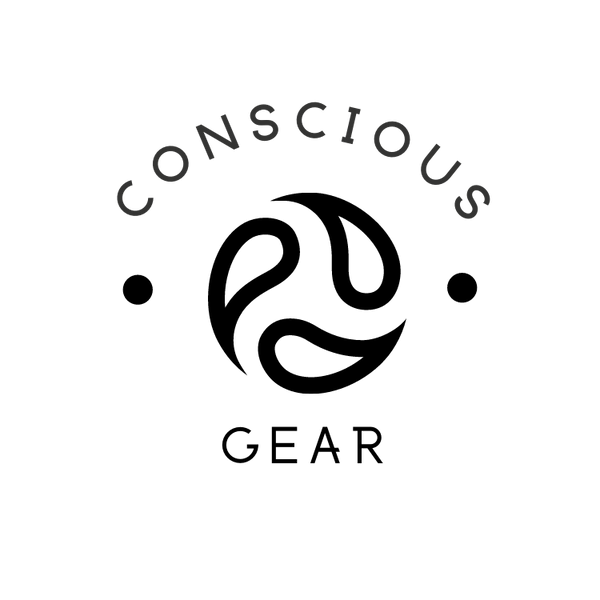
I know I’m Obese but will I ever be able to run?
Share
First things first, I hate the word obese and in fact, I think the five-letter word is clinically insensitive in projecting moral judgment. What I do know is that the Latin root word Obesus has to do with eating until you are fat but to place the full blame on humans is wrong given our industrialized food system that has normalized eating nutrient-deficient processed foods. But I digress.
As an obese person who has accomplished major running in my bigger body, I’m here to let you know that if you have your mind set on doing some running then no matter the size of your body you will run. However, the journey to moving your body will take time to transition, time to acclimate your body to the act of running, and time to go from slow walking to actual running.
Here are the strategies I used to get started with the eventual goal of running.

You gotta walk before you run, and you might have to crawl before that
I’m just kidding about crawling even though there were days when all I could do was crawl, so don’t give up if that’s where you are. To start out, you have to begin with where your body's current level of fitness. When I first started to become physically active after decades of living a sedentary lifestyle, all I could accomplish was 2 minutes at 2 miles per hour on the treadmill. And spending two minutes walking was the maximum my bigger body could handle at the time. The good news is that the staff member at the gym who helped me identify my fitness level, never told me I was going slow or that 2 minutes was a small amount of time, in fact, he told me that I had done a good job. He encouraged me to come back the next day and do the same thing. But then he walked back over to me and shared words that would settle into my subconscious, “you will go for longer and you will go faster in time.”
Starting where you are can be the hardest thing to do especially for those of you that have a reference point for your fitness. I see it every day with people who were former athletes or have some history of being physically active, their first instinct is to compare themselves to their former selves. I want to tell those of you that are looking back, STOP IT! Today is a new day and although you might not be at your previous level of fitness, I’m here to let you know that not only can you get back there, but if you work hard enough you can even surpass your past accomplishments, now imagine that.
Charlotte’s beginning steps
Begin by walking for as long as you can.
Walking for as long as you can means that you won’t overdo it and will have the energy to do it again the next day. Walk to the mailbox and back. Walk to the corner and back. Walk to the nearby park or back. Walk to the end of the hall and back. Walk around your room several times until you can’t do it anymore. Walk for the amount of time that feels comfortable but may feel a little challenging but not too much. Nothing will kill a routine faster than to overdo it because what typically happens is your body and mind conspire against you. You wake up the next day in pain, your body is sore and your mind is fiercely protective with permission to do nothing. Instead of waking up sore, tired, or overwhelmed, I want you to wake up the next day proud, feeling accomplished and confident in your capacity to do it again, this is the real path to progression.
I’m not into really telling people they must do things a certain way but in time, you will grow to walk for at least 30 minutes and you’ll do this at least 3 or 4 times per week. You’ll develop a routine because of the increase in your confidence you’ll have because of all the days before because your body will start to feel better, and your circulation will improve which in turn improves your mental health, your physical health, your digestive health, and nothing makes your heart sing than to look back on that first day when all you could do is go for a few minutes and now you’re smashing 30 minutes like you’ve been doing it your whole life.
You will go for longer and you will go faster in time.
You’ll notice that in time, your daily walking has started to build up your cardiovascular fitness and strengthen your legs and hips. These are the improvements that will set you up for starting to run.
Truth is, as you get more comfortable with walking, you can start incorporating short running intervals into your workouts. Start by running for 30 seconds, followed by 3 minutes or more of walking. You can repeat this pattern until you reach 30 minutes or more. If you’re anything like me, you’ll naturally and instinctively start to challenge yourself. For example, I would do 30 seconds of running but then after a couple of rounds, I would challenge myself to do 45 seconds. Finally, as I was nearing the end of my walk for the day, I would try to run for a full minute. Beast mode! Nothing felt better than accomplishing a simple goal at the end of my workout because the energy of the moment would permeate my mind throughout the day. I was MC Hammer, “can’t touch this!”
Each week, try to increase the amount of time you spend running and decrease the amount of time you spend walking. Paying to your body will be critical during times of change and don’t overdo it. Even if you do too much because lord knows I had many moments when I did too much, just remember to return to what you can do. You might want to take a rest day, you might stop running for a few days or you might go back to 30-second runs until your body gives you the queue to return to doing more. Just remember that you can always work your way back up again
You’ve gotten this far which means that you’ll gradually increase the length of your runs as you become more comfortable with running. Start by running for longer periods of time, such as 10–15 minutes, and then gradually increase the length of your runs over time.
Your body will reward you with continued progress if you stay true to the journey. Your ankles, knees, legs, lower back, and abdomen will transition in ways to support your running but it needs time to make the necessary physiological shifts. As you build up your endurance, try to run at least three times a week, and aim to run a little further each time. You can use a running app or a GPS watch to track your progress and see how far you are running.
Be sure to listen to your body and take rest days as needed. It’s important to allow your body time to recover and repair itself after each run.
For those of you that are doing this to lose weight, know that your body is intelligent enough to know what size you need to be, and don’t let your size dictate what you can and can’t accomplish. I’m a living witness to the fact that I run ultramarathons, not just marathons but ultras in my bigger body.
Is my body smaller than it was before? It’s hard to say because my weight has remained fairly consistent but my body composition has certainly changed, I suspect my body has reconfigured itself so I can be the runner I want to be.
Yes, even though you understand yourself to be obese, you can run and will run many, many, many miles. And in time, you will go faster and you will go for longer, I can’t wait to see you when you do.
